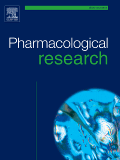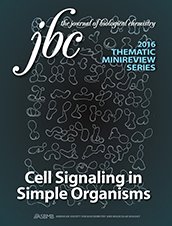
“Oxidative stress and inflammation play critical roles in the development of diabetes and its complications.
Recent studies provided compelling evidence that the newly discovered lipid signaling system (ie, the endocannabinoid system) may significantly influence reactive oxygen species production, inflammation, and subsequent tissue injury, in addition to its well-known metabolic effects and functions.
The modulation of the activity of this system holds tremendous therapeutic potential in a wide range of diseases, ranging from cancer, pain, neurodegenerative, and cardiovascular diseases to obesity and metabolic syndrome, diabetes, and diabetic complications.
This review focuses on the role of the endocannabinoid system in primary diabetes and its effects on various diabetic complications, such as diabetic cardiovascular dysfunction, nephropathy, retinopathy, and neuropathy, particularly highlighting the mechanisms beyond the metabolic consequences of the activation of the endocannabinoid system.
The therapeutic potential of targeting the endocannabinoid system and certain plant-derived cannabinoids, such as cannabidiol and Δ9-tetrahydrocannabivarin, which are devoid of psychotropic effects and possess potent anti-inflammatory and/or antioxidant properties, in diabetes and diabetic complications is also discussed.
Although there is much controversy in the field of EC research, experimental evidence and clinical trials have clearly shown that ECS plays a key role in the development of primary diabetes and various diabetic complications. Although inhibition of CB1 receptors has proven to be effective in clinical trials of obesity and metabolic syndrome, this approach has ultimately failed because of increasing patient anxiety. However, recent preclinical studies clearly showed that peripherally restricted CB1 antagonists may represent a viable therapeutic strategy to avoid the previously mentioned adverse effects.
Importantly, CB1 inhibition, as discussed in this review, may also directly attenuate inflammatory responses and ROS and reactive nitrogen species generation in endothelial, immune, and other cell types, as well as in target tissues of diabetic complications, far beyond its known beneficial metabolic consequences. The main effects of CB1 receptor activation on the development of diabetes and diabetic complications are summarized in Figure 1. CB2 agonists may exert beneficial effects on diabetes and diabetic complications by attenuating inflammatory response and ensuing oxidative stress (Figure 2).
Natural cannabinoids, such as CBD and THCV, also have tremendous therapeutic potential.
CBD is a potent antioxidant and anti-inflammatory agent that does not appear to exert its beneficial effects through conventional CB receptors and is already approved for human use.
THCV and its derivatives, which may combine the beneficial effects of simultaneous CB1 inhibition and CB2 stimulation, are still under intense preclinical investigation. It will be interesting to see how newly developed, peripherally restricted CB1 receptor antagonists and/or CB2 receptor agonists and certain natural cannabinoids, such as CBD and THCV, will influence the clinical outcomes of diabetic patients.
We hope that some of these new approaches will be useful in clinical practice in the near future to aid patients with diabetes.”
http://www.ncbi.nlm.nih.gov/pmc/articles/PMC3349875/
http://www.thctotalhealthcare.com/category/diabetes/







